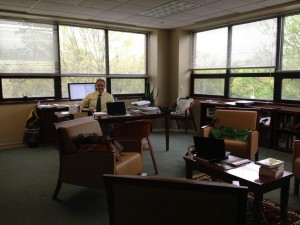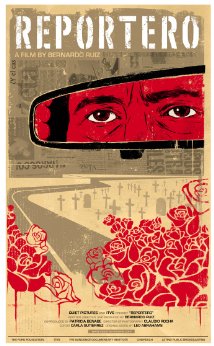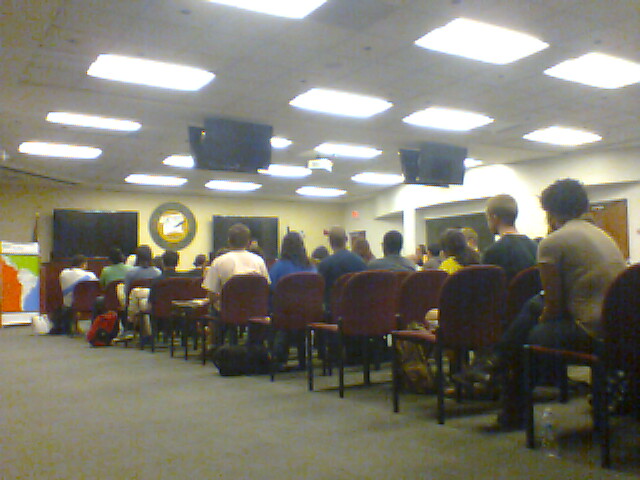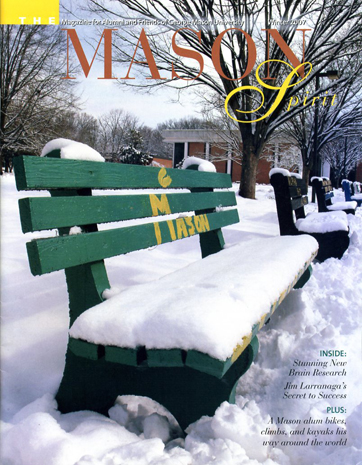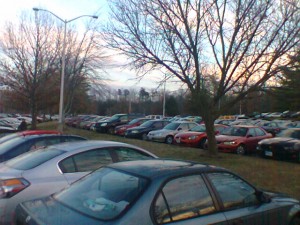Earlier today, George Mason University President Angel Cabrera hosted an AMA (Ask Me Anything) session on reddit.com
The new president of GMU was available to answer any question posed by a reddit.com user from 3-4pm. The session was full of a diverse set of questions for Cabrera. Ranging anywhere from questions about educational funding to questions about Cabrera’s personal involvement with GMU, the AMA session was informational, to say the least.
One user asked Cabrera if GMU is making an effort to distance itself rom its reputation as a commuter school. Cabrera responded by stating, “Can’t fit us in an easy category!”
“Any chance you could show us a picture of what your individual office looks like?” one user asked. Cabrera answered with a link to a twitpic of his office. This was a nice gesture from our president — showing us his modest workspace.
When asked why he chose GMU, Cabrera explained that our campus is, “awesome, diverse, innovative and in a perfect location.” Although his answers were mostly ambiguous, the information he conveyed was highly informative — mostly of his personality.
A seemingly upset user asked Cabrera why he didn’t support the sports here at Mason, only to feel the power of the president’s sarcastic side.
“I go to all the games! Where were you? Don’t you support athletics?” Cabrera said.
It was a novel idea to get the input of our new school president in a public forum where anyone could ask anything. Cabrera sure gave us some insight on a personal level.

